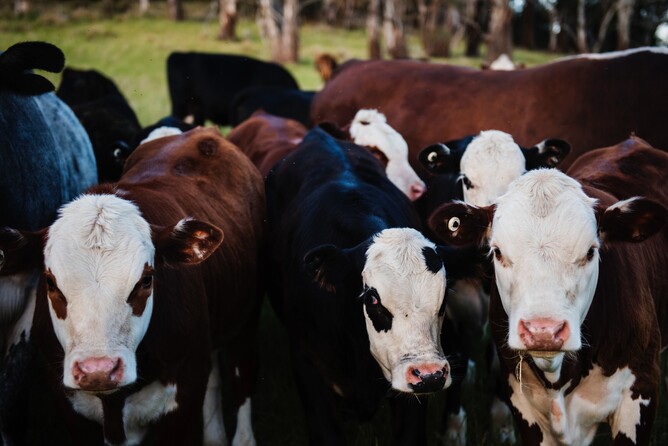Is the Waikato better suited to calve down in May? For many Waikato farmers, calving in July is the norm. Some have gone split, with a portion of their herd calving in March, and others have committed 100% of their herd to autumn.
If we get decent rain fall late summer - early Autumn, then sure, March is probably the month to begin calving down.
But, as many of you will know, March and April are often the months where we are still trying to recover from the drier summer months.
Therefore, we have cows that we are trying to peak in April/ May, yet our pasture supply is inadequate at this time of year. So why not calve in May?
You will have to excuse the generality of this discussion, as there are obviously plenty of farms in the Waikato that will not suit this, but just give me a minute.
If we are experiencing drier summers more often, and the winters seem to be a little bit more pleasant, then would you rather be feeding 8-10 kg of supplement to a cow producing 1-1.4 kgMS in late lactation, or feeding the same amount of supplement to a cow doing 2-2.4 kgMS in early lactation?
The biggest factor for most farmers is going to be the infrastructure or the lack of it. To maximise this potential system, a feedpad is going to be the best way to ensure supplement is not wasted.
Feeding 10 kg on the paddock in summer can still have a high utilisation; 10 kg in winter is another story. This model has not been created to capture any contracted winter milk premiums either. A farming client who is purely looking to better match the supply and demand of the pasture curve that he has now been monitoring for many decades identified this model.
Taking a full farm systems approach
From a full farm systems approach we wanted to analyse some of the below key performance indicators to ensure the model still remains financially viable.
- Flatter milk production curve
- Increased farm working expenses
- Reproductive results
- Realigning pasture covers with new demand
- Uncontracted winter premiums
From the farms that I have analysed the above on, we should be able to add another $250/ha profit to the bottom line. If the above key performance indicators remain the same as the current system, then this could get up to $500/ha profit increase. That on the average Waikato dairy farm is worth approximately $62,500 annually, which has to be worth considering.
The short answer is that this is not going to be an absolute money-maker without premiums, but how long will they be at present levels?
Realigning the cows demand and the farms pasture production is what the New Zealand dairy industry has been built on and this system looks very favourable.



